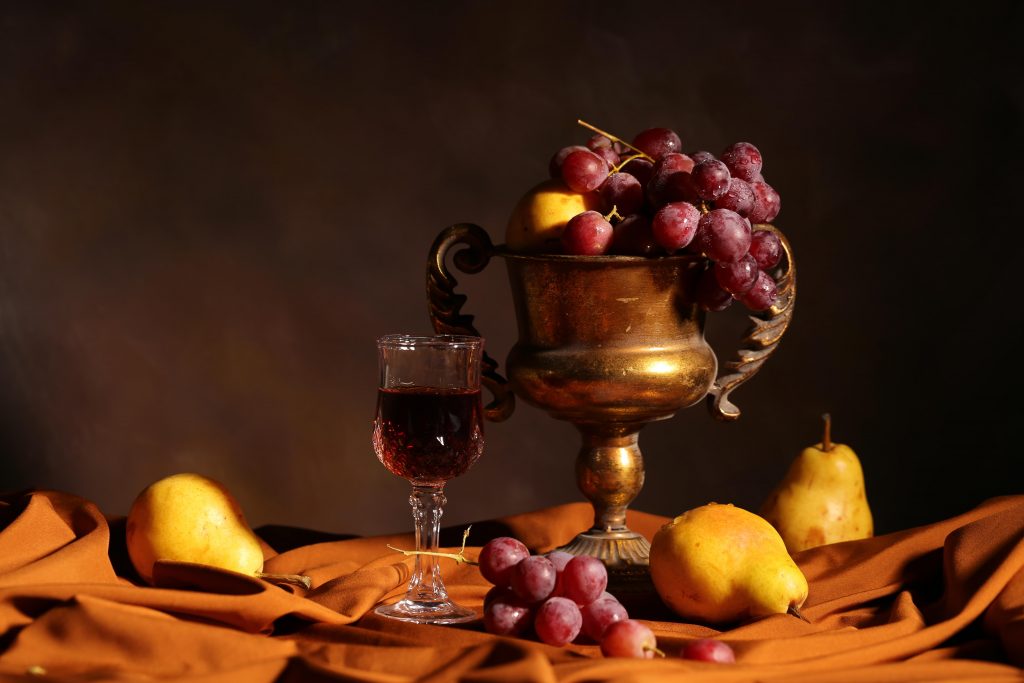How to Mastering Natural Light

Natural light holds the key to unlocking the full potential of your food photography. The way sunlight caresses the curves of a perfectly plated dish can elevate it from mere sustenance to a work of art. In this article, we’ll explore how harnessing the power of natural light can transform your food photography, leaving viewers hungry for more.
- Choosing the Right Setup: Positioning your setup near a window or shooting outdoors can provide ample natural light for your photos. Look for soft, diffused light to avoid harsh shadows and overexposure.
- Timing is Everything: Experiment with different times of the day to find the perfect balance of light and shadow. The warm glow of golden hour can add a magical touch to your photos, while soft, diffused light on cloudy days creates a flattering softness.
- Controlling Harsh Light: Sometimes, direct sunlight can be too harsh for food photography. Use diffusers or sheer curtains to soften the light and create a more flattering effect. Reflectors can also be used to bounce light back onto your subject and fill in shadows.
- Embracing Shadows: Don’t be afraid to embrace shadows in your photos. They can add depth and dimension to your images, creating a sense of mood and atmosphere.
Example: Consider this example of a beautifully plated salad bathed in soft, diffused light from a nearby window. The gentle shadows add depth to the image, highlighting the textures of the fresh greens and vibrant vegetables.
Conclusion
By mastering the art of natural light, you can create food photos that are not only visually stunning but also evoke a sense of warmth and authenticity. Whether you’re shooting for a restaurant menu or a cookbook, harnessing the power of natural light will leave your audience craving more.